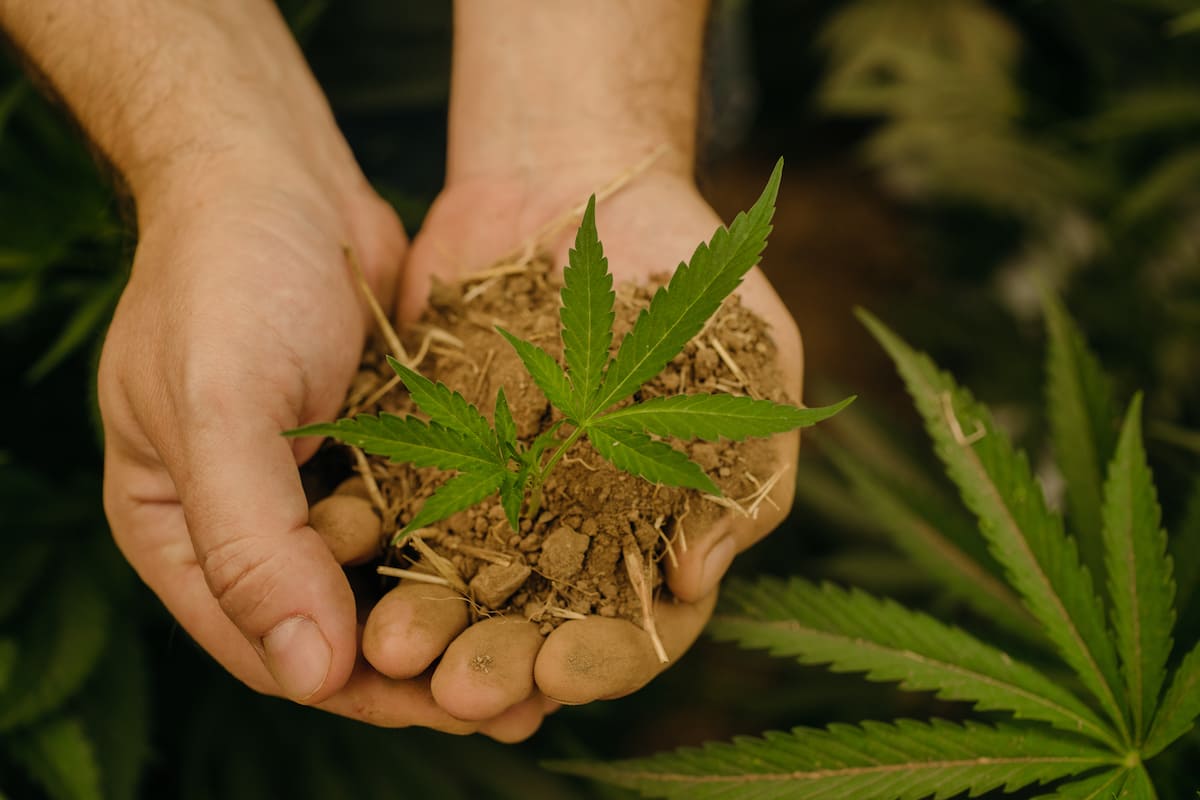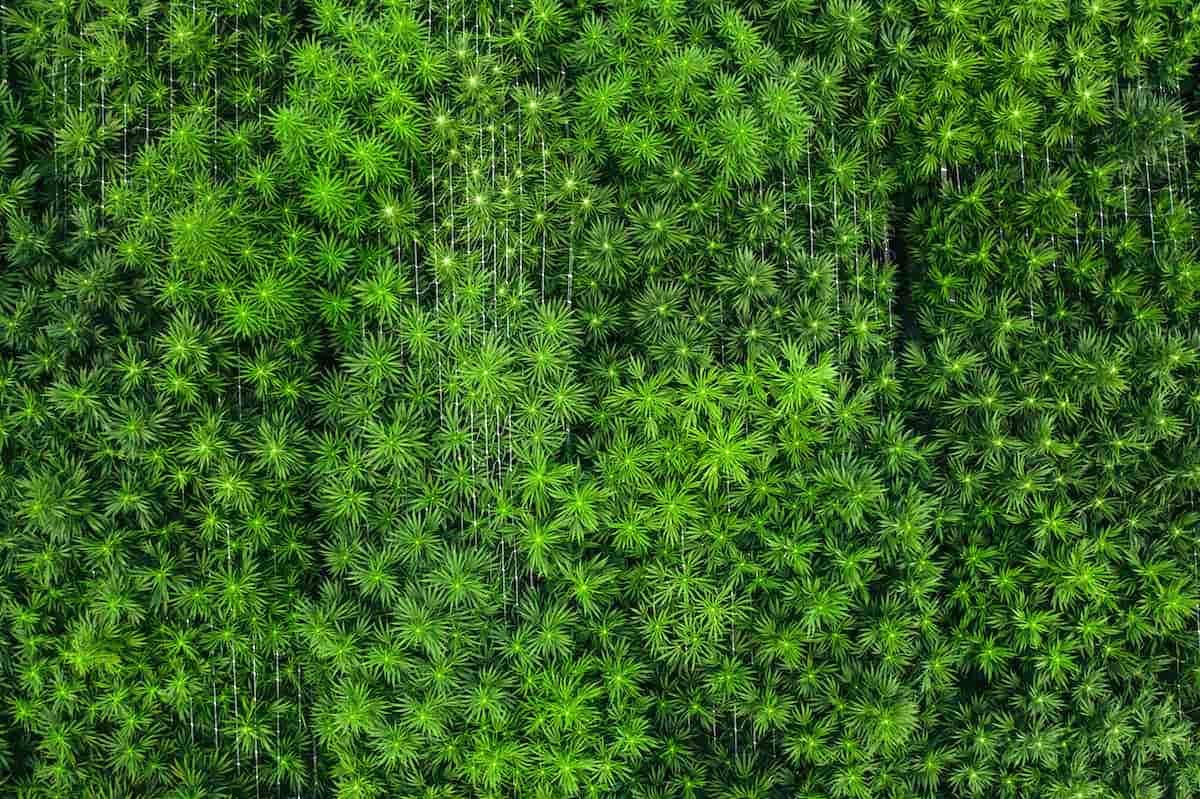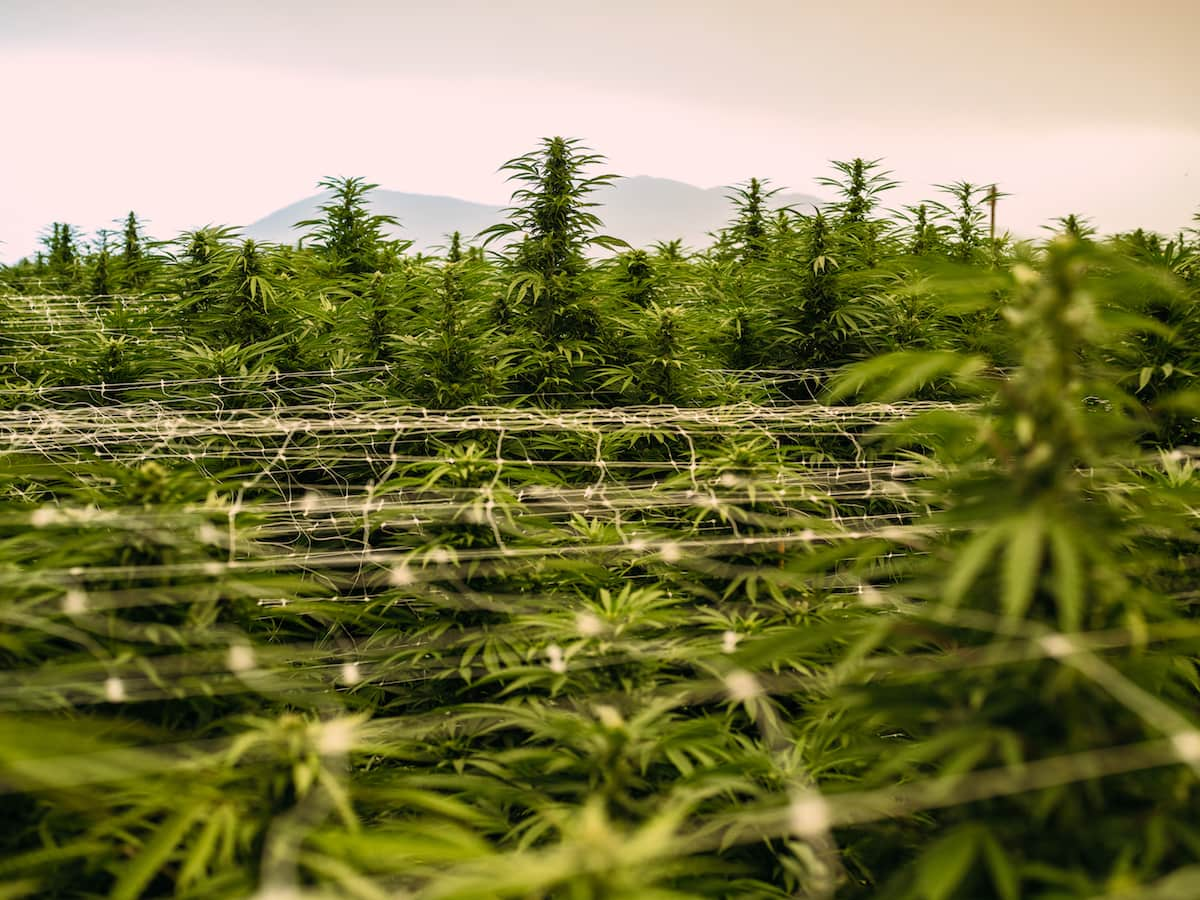Does Sungrown Cannabis Create a Superior Product?

Plants need light, water, and nutrients to grow, all things naturally available outdoors, that now thanks to modern technology, can be recreated indoors as well. While we have the ability to engineer the effects of the sun, does that create a better product? Many say no for a variety of reasons.
In this article, we will explore what it means to create sungrown cannabis, cultivated under natural light, versus the massive electrical and structural undertaking associated with producing cannabis indoors.
What is Full-Term Sungrown Cannabis?
Full-term sungrown cannabis farmers use the sun instead of high-powered synthetic lights to grow their plants, creating a product under natural full-spectrum light. Cultivating cannabis in an outdoor environment is the most cost-efficient method for growers with the least impact on the earth. Without the necessity for tents or lighting systems, cannabis farmers can keep their overhead low—a significant advantage during the startup phase of any farm.
Here are some of the pros that explain why many operators choose to grow outdoors.
Low Carbon Footprint at Lower Costs
Sungrown cannabis uses elements from the natural environment to fuel its growth, saving farmers’ from using artificial, high-intensity lighting and ventilation systems. By requiring fewer resources, the production process is less expensive than plants grown indoors.

Ecology & Resiliency
Having cannabis crops outside as part of the natural ecosystem, the plants interact with elements that build flexibility and strength against complications like temperature fluctuations or pests. Resilient plants are less susceptible to the invasion of mold, mildew, and predators in general. However, it is worth noting that an indoor grow environment offers more options to tightly control pests and temperature, a factor that some farmers find leads them to cultivate their plants inside.
Complements the Natural Life Cycle
Since the beginning of time, plants that undergo photosynthesis flourish under the rays of the sun. Scientists from King’s College in London report that cannabinoid and terpene production is greatest in ambient light. That is partly because the spectrum of natural light is much more complex than what can be recreated by even the best indoor grow lights. Outdoor cannabis absorbs a full spectrum of light from the sun (and even a little from the moon and stars). The time spent in darkness as it changes from summer to fall also tells the plants when harvest time approaches. Sungrown cannabis flowers naturally when the days become shorter, with most outdoor cannabis harvested between late August to October. Outdoor cultivation also enables natural airflow and ventilation without the use of electric fans.

What is ‘Light Dep’ Sungrown Cannabis?
There is a second type of sungrown cannabis using light deprivation techniques, known as “light dep,” where plants grow in greenhouses with supplemental lighting. The benefit of light dep cannabis is that the grow operation happens in a controlled environment under tents or greenhouses fed by a combination of artificial and natural sunlight, encouraging plants to produce their full profiles in a faster timeframe.
Plants gather energy from the sun for 12 hours per day, then intentionally block out the sun with tarps to create 12 hours of darkness, encouraging plants to flower faster than they would naturally. By speeding up this process, an operation can harvest multiple times per year. Rather than one big harvest, some growers find it advantageous to harvest smaller amounts of light-dep cannabis throughout the season.
Light dep is touted as the best of both the outdoor and indoor growing worlds, producing terpene-heavy plants on an accelerated timeline with the ability to control interference from pests and temperature fluctuations.
Sungrown vs. Artificial Lighting
Most crops throughout the world are grown solely outdoors: grapes to make wine, barley to make beer, oranges to make juice. Up until the last few decades, cannabis was exclusively grown outside as well. Production was mainly taken indoors in North America due to the unlawfulness of cannabis possession. This forced farmers to find ways to replicate the sun’s many spectrums undercover. That ability to recreate a natural environment to achieve a similar (or sometimes more robust) plant is both a science and an art.
However, the conditions of indoor grow operations are less than ideal for cultivating plants long term, and the cost of indoor production is not environmentally nor economically sustainable. The light bulbs, fans, dehumidifiers, and electricity needed to grow cannabis indoors year-round leaves behind a huge carbon footprint. As the cannabis industry grows, sustainability is increasingly vital to eco-conscious customers and often a top differentiator between brands.
Some consumers like sungrown cannabis because it is the most natural and environmentally friendly version of the plant with more robust cannabinoid and terpene profiles. Others like the year-round availability and consistency of indoor-grown cannabis. Ultimately, the decision comes down to your individual preference.